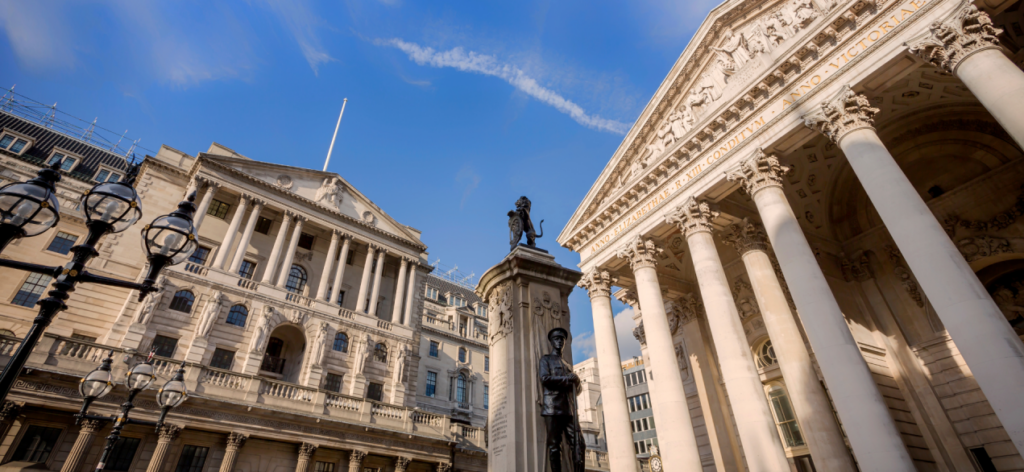Harvey John
Unit 2 Ferry Wharf
Hove Enterprise Centre
Basin Road North
Portslade, East Sussex
BN41 1BD
Part Four of a blog series on the rise of cryptocurrencies
Can anything stop the upward surge of Bitcoin? It was only a month ago when Bitcoin made the headlines after reaching a record value of $20,000 per coin. Less than a month later, the value has doubled again, breaking $40,000. By the time you read this, it may well have reached even higher heights.
I wrote the introductory paragraph (above) a couple of days ago. Soon after, the price plunged by 20%, wiping $10,000 off the price.
It has recovered since and, as of one minute ago (on Wednesday 13th January), it is trading just below $35,000. I stress one minute ago – sixty seconds can be a long time in the wild world of Bitcoin investing!
For all the madness, the current valuations still represent a huge increase – at $35,000, the price is an incredible seven times higher than March of last year.
Such is the excitement that the Financial Conduct Authority (FCA) felt obliged to offer a sober warning this week, reminding investors that “Investing in cryptoassets, or investments and lending linked to them, generally involves taking very high risks with investors’ money. If consumers invest in these types of product, they should be prepared to lose all their money.” The FCA also noted that investors who found themselves out of pocket would not be able to rely on the Financial Ombudsman Service to settle complaints or order compensation from offending firms.
A buyer beware notice is unlikely to stop the bitcoin buzz, and investors are particularly encouraged by the manner in which institutions have begun to embrace bitcoin. In a focus feature in Wired, Gian Volpicelli asserts that the recent surge has been driven by staid investors: “Between 2019 and 2020, crypto-focused hedge funds which only invest in digital currencies, bitcoin the foremost among them doubled their assets under management from $1bn to $2bn.”
He also reports that “In December 2020, purchases of bitcoins from exchanges for sums lower than $10,000 fell by 22 per cent, whereas buys for sums over $1 million, more likely to have been carried out by large investors, grew by 32 per cent.”
Such confidence was affirmed at the start of January when investment bank JPMorgan predicted that bitcoin could reach as high as $146,000 if it establishes itself as a safe-haven asset.
So, with the seal of approval from institutional investors, has Bitcoin finally arrived? Should we all plough our savings into Bitcoin?
Certainly, many multinational businesses are considering including Bitcoin within their global treasury function. I will look deeper into the opportunities (and risks) for treasury departments in a future blog.
There are, of course, dissenting voices. Canadian entrepreneur, well known in the US as a judge on Shark Tank (the American equivalent of Dragon’s Den), is quite scathing, calling Bitcoin a ‘giant nothing-burger’ O’Leary is convinced that regulators will come down hard on Bitcoin, and when it does: “Grown men are going to weep. You will never see a loss of capital like that ever in your life. It will be brutal.”
However, O’Leary’s dire warnings will probably not be heeded, even though the most enthusiastic bitcoin watchers are aware that there is a possibility that the bubble may burst. They are certainly used to wild fluctuations. For long-term investors, it has been a wild ride.
The thrills and spills of the ultimate roller-coaster
Launched in 2009, it was in 2013 that the Bitcoin rollercoaster began to loop the loop. In the first four months of the year, it surged from $13.50 to $220 and then plunged back to $70. In November, the price rose from approximately $200 to over $1,075. It was already becoming apparent that bitcoin investing was not for the faint-hearted.
Investopedia credited the late 2013 boom with two main factors: new bitcoin exchanges and miners in China entering the marketplace.
The most important exchange at this time was Mt Gox, a Tokyo-based cryptocurrency exchange which, at its peak, accounted for around 70% of all Bitcoin transactions. Mt Gox was a major factor in the growth of bitcoin, but its dominance was also a big problem. With such a large share of the transaction market, bitcoin was over-reliant on Mt Gox. It became an even bigger problem when it collapsed into bankruptcy in 2014.
There had been long-running concerns about the security and resilience of Mt Gox, which became a sitting duck for hackers. In February, Mt Gox uncovered substantial irregular activities and froze withdrawals. On further investigation, it realised that it couldn’t trace 850,000 bitcoins, a whacking 6% of all bitcoins in circulation at the time. The market price plunged on the news. By April, Mt Gox was forced to file for liquidation.
Bitcoin, damaged…
but not defeated, limped on through the mid-2010s, settling down to a value range between $200 and $700 – a wide range for most markets, but a period of calm for the erratic Bitcoin!
In 2017, the rollercoaster cranked up again. By December it soared to almost $20,000, a level not matched again until December 2020 and the current bull run. In November 2018, it was back below $3,500, to the horror of terrified investors.
Why did the price surge and plunge in 2017 and 2018? One theory was that it was the actions of one cryptocurrency trader, whose actions sent the valuation soaring above a sustainable level. A pair of academics, University of Texas Professor John Griffin and Ohio State Assistant Professor Amin Shams, came to this conclusion after studying transactions between March 2017 and March 2018. They concluded that the Bitcoin valuation had been manipulated through large-volume trades that drove the price up.
Griffin and Shams wrote,
“This one large player or entity either exhibited clairvoyant market timing or exerted an extremely large price impact on bitcoin that is not observed in aggregate flows from other smaller traders.”
In other words, a huge transaction (or transactions) distorted and triggered the market spike.
Feed the whales
Bitcoin has sparked intense debate and is followed intently, but compared to traditional markets, it is still a minnow. And when a big fish dives into the pond, it makes a very big splash.
If a whale finds its way into the shallow waters, then the resultant tsunami can wash away the smaller fish.
Crypto blogger David Gerard has warned of the dangers of whales in the past: “The Bitcoin price is a game for ‘whales’ (the largest trader) to wreck the smaller players. The prize is whatever small amounts of actual money dollars come into the crypto market. ”
“The Bitcoin price goes up and down with weird jumps in the graph nicknamed ‘Barts’ after the shape of Bart Simpson’s haircut the telltale signs of market manipulation.”
With the bitcoin price again at all-time highs, should we be on the lookout for a gargantuan whale again?
There is no doubt that Bitcoin is now attracting the bigger players. A survey conducted by Fidelity Investments last year found that 36% of financial institutions across the United States and Europe said they own cryptocurrencies or derivatives.
Perhaps this is a sign that this time it is different. Maybe this time, while there will be fluctuations, for the long term the only way is up.
A rogue whale can cause all kinds of damage. But if Bitcoin has lured in a pod of whales, it may well be a case of safety in numbers!
—
The rise of cryptocurrency – The blogs
1 – The mysterious birth of Bitcoin
2 – Bitcoin – A beginners guide
5. Can blockchain technology make elections foolproof?
6. Bitcoin and the Elon Musk Effect
Guy Middleton is a Treasury Associate Director at Harvey John.
If you would like to see our company updates and industry insights, follow our LinkedIn page here.
Author

He is able to provide support at all levels of seniority, from graduates with treasury exposure to seasoned Group Treasurers, in both the permanent and interim markets, and has established a reputation for carefully matching both client and candidate requirements.







